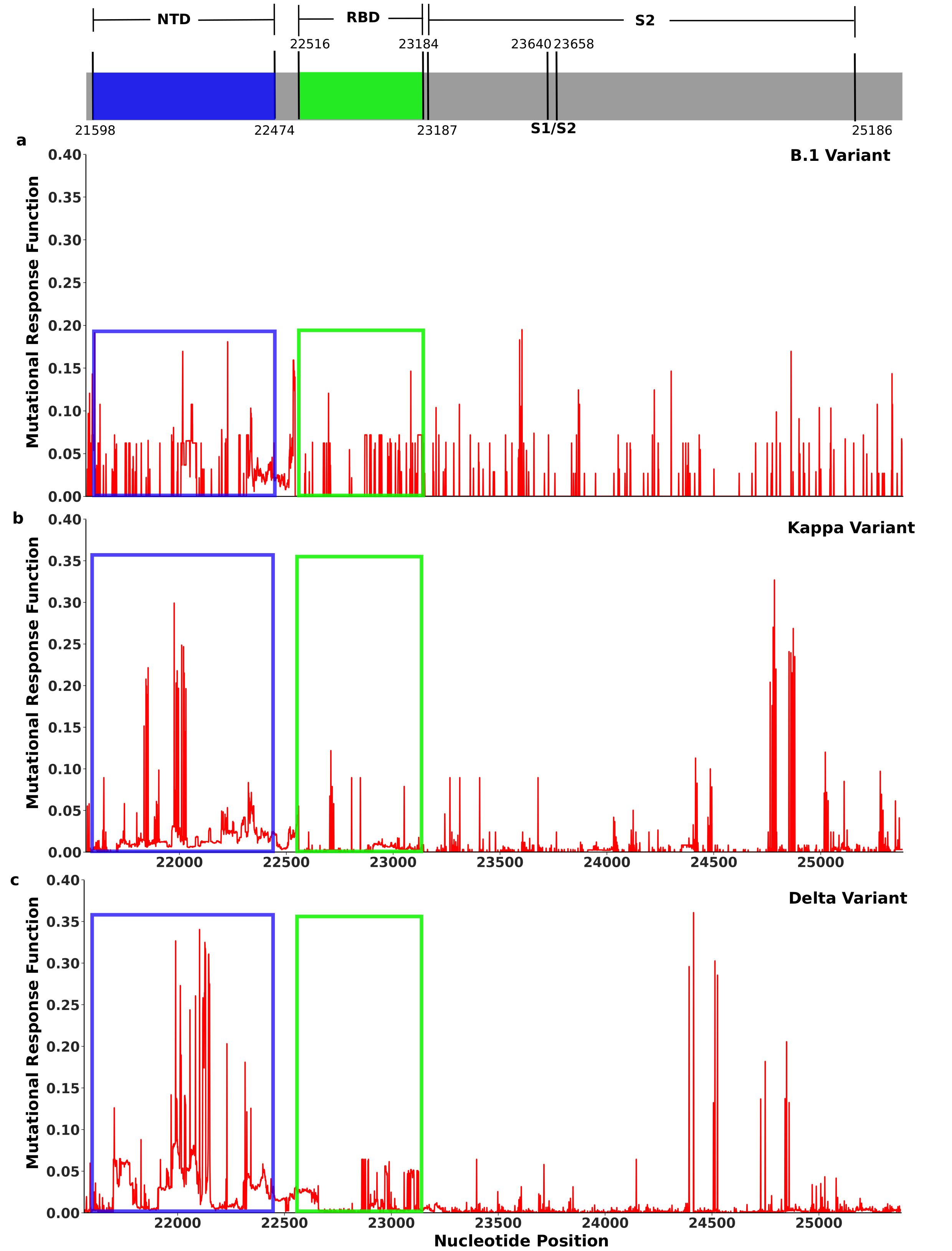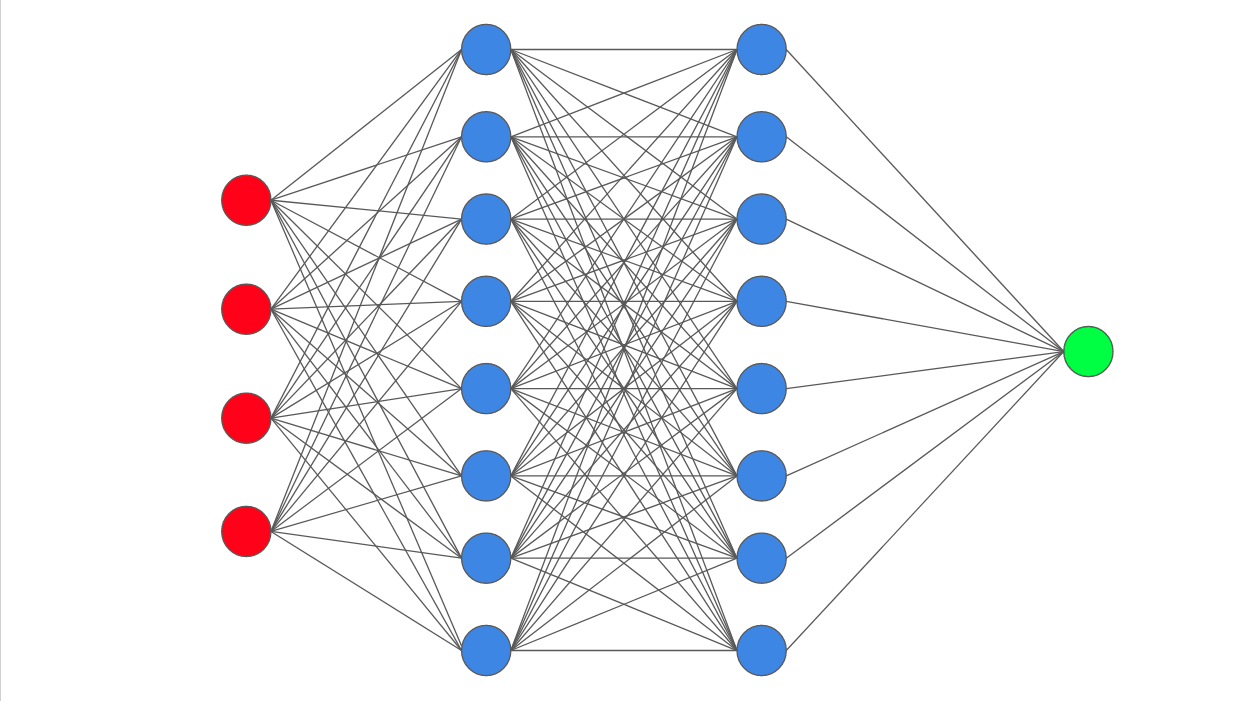Assistant Professor
Indian Institute of Science Education and Research (IISER), Kolkata
Working Period: January 2021 - December 2023
Indian Institute of Science Education and Research (IISER), Kolkata
Working Period: January 2021 - December 2023
I joined Dr. Roy's lab in January 2021 as a prestigious Har Govind Khorana Junior Research Fellow for a project funded by the Department of Biotechnology, Government of India. The main focus of my work was to investigate the role of small ions in modulating the dynamics of RNA. But with an interest in Viral surveillance and Mutations, I started working with the genomic sequences of SARS-CoV-2 to decipher the role of mutations in making the virus adapt within the host population. I started by analysing the genomic sequence of the virus and integrating the subtle concepts of Information Theory to understand the genomic and protein mutations.
By analysing the huge genomic dataset, we calculated the sequence entropy of the different viral variants over a period of time to understand how the virus propagates within the host population.
Our result showed us how different segments of the surface glycoprotein evolved over time with the N-Terminal Domain playing an important role in modulating the viral infectivity via the Receptor Binding Domain.
As the virus evolved over time, our model showed us that the key domain of the surface glycoprotein, the Receptor Binding Domain (RBD, responsible for the viral infectivity) showed a stable genomic entropy suggesting that the RBD gets stabilized easily in the host population as the virus propagates.
But, the N-Terminal Domain (NTD) showed an increase in the genomic entropy from the ancestral variants to a Variant of Interest (VOI) to a Variant of Concern (VOC). This data holds true with the experimental observation as well as with the extensive Molecular Dynamic Simulations studies conducted by Dr. Roy and her group (Roy et al., 2020, ACS JPCL).
To quantify our observation, we developed a mathematical framework to describe the phase transition from the VOI to a VOC. This phase transition corresponds with the phase transition of a system as observed via the Statistical Mechanical equations.
Mutational Response Function:
\( \frac{<\Delta S^{2} > }{\bar{S}} = \frac{\frac{1}{N}\sum_{i}^{N}(S_{i} - \bar{S})^{2}}{\bar{S}}\)

We further performed a similar calculation for other Variants of Concerns including Alpha, Beta, Gamma, and Omicron Variants. We found that the virus follows a similar trend of evolution in all the other variants suggesting a common pattern of evolution in the viral family. Our work points to the fact that a common principle of evolution is being followed by the viruses belonging to a similar class, and this property could be capitalized upon to predict the viral progression. With this aim in mind, we utilize the idea of Machine Learning to develop a Multi-Layer Perceptron (MLP) model to predict the possible mutational residues in future variants.

Multi-Layer Perceptron Model having 4-8-8-1 architecture
To know more about our work, please go through our published work:
Quantifying Mutational Response to Track the Evolution of SARS-CoV-2 Spike Variants: Introducing a Statistical-Mechanics-Guided Machine Learning Method
Satyam Sangeet, Raju Sarkar, Saswat Kumar Mohanty, Susmita Roy
The Journal of Physical Chemistry B (2022)
To know more about our work, please go through our published work:
Evolution of Sequence and Structure of SARS-CoV-2 Spike Protein: A Dynamic Perspective
Anushree Sinha*, Satyam Sangeet*, Susmita Roy
ACS Omega (2023)